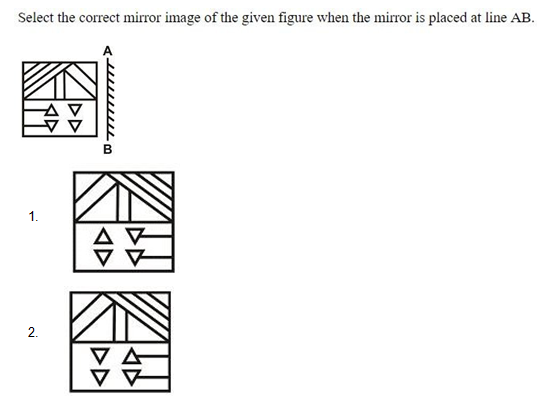Question
Seven boxes viz. J, K, L, M, N, O and P are kept one
above other. How many boxes are kept below box P? I. Box L is kept third from top. Box M and O are kept together. Box N, which is neither kept adjacent to box O nor box L. Only three boxes are kept between M and L. Box J, which is not kept adjacent to box K, is kept at any place above box P. II. Only three boxes are kept between box O and J,which is kept second from top. Box K, which is neither kept adjacent to box J nor box O, is kept just below box L. Only three boxes are kept between box M and box L. Each of the questions below consists of a question and two statements numbered I and II given below it. You have to decide whether the data provided in the statements are sufficient to answer the question:Solution
From I: We have: Box L is kept third from top. Only three boxes are kept between M and L, that means box M is kept at bottom. Box M and O are kept together, that means box O is kept second from bottom. Box N, which is neither kept adjacent to box O nor box L, that means box N is kept at top. Box J, which is not kept adjacent to box K, is kept at any place above box P, that means box J is kept just below box N. Based on above given information we have: Clearly, we don’t know exact position of box P. Hence, statement I is not sufficient. From II: We have: Only three boxes are kept between box O and J, which is kept second from top, that means box O is kept second from bottom. Box K, which is neither kept adjacent to box J nor box O, is kept just below box L, that means box L is kept just below box J. Only three boxes are kept between box M and box L, that means box M is kept at bottom. Based on above given information we have:
Clearly, only two boxes are kept below box P. Hence, statement I and II together sufficient.
The following Venn diagram shows Men's profession as Doctors and Chess Players.
RN 12 is related to PL 16 in a certain way. In the same way, EJ 17 is related to CH 21. To which of the following is FL 15 related to following the same...
The sequence of folding a piece of paper and the manner in which the folded paper has been cut is shown below. Choose a figure which would most closely ...
In a certain code language, ‘pistachio healthy nut’ is coded as ‘tu hy si’ and ‘coffee healthy drink’ is coded as ‘hy xe ph’. How is ‘...
Select the correct combination of mathematical signs to sequentially replace the * signs and balance the given equation.
65 * 56 * 8 * 19 * 2 * 34
P is the father of S, whose mother is Q. R is the sister of Q. What does P's father-in-law have to relate to R's husband?

Choose the next number in the series.
69, 81, 105, 141, 189,?
What replaces question mark (?) in the series given below:
88, 64, 24, ?
Two statements are given followed by three conclusions numbered I, II and III.Assuming the statements to be true, even if they seem to be at variance wi...


